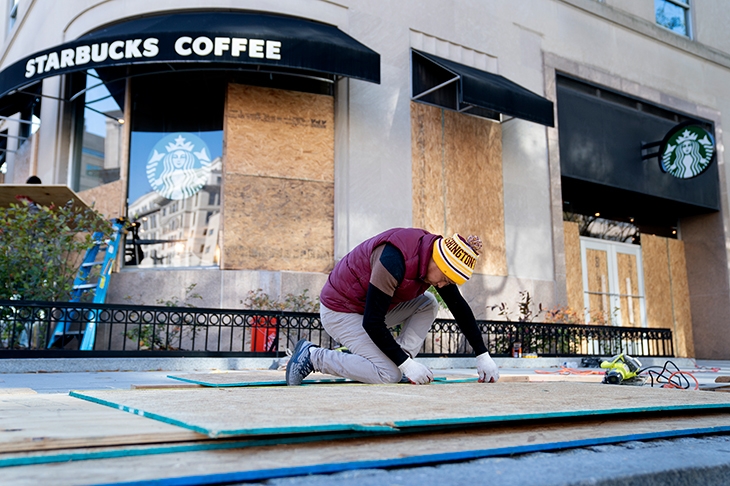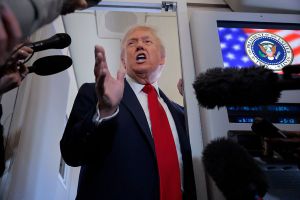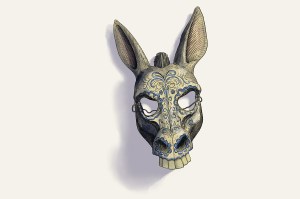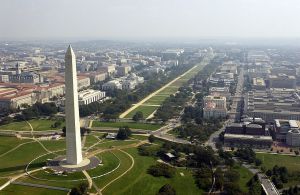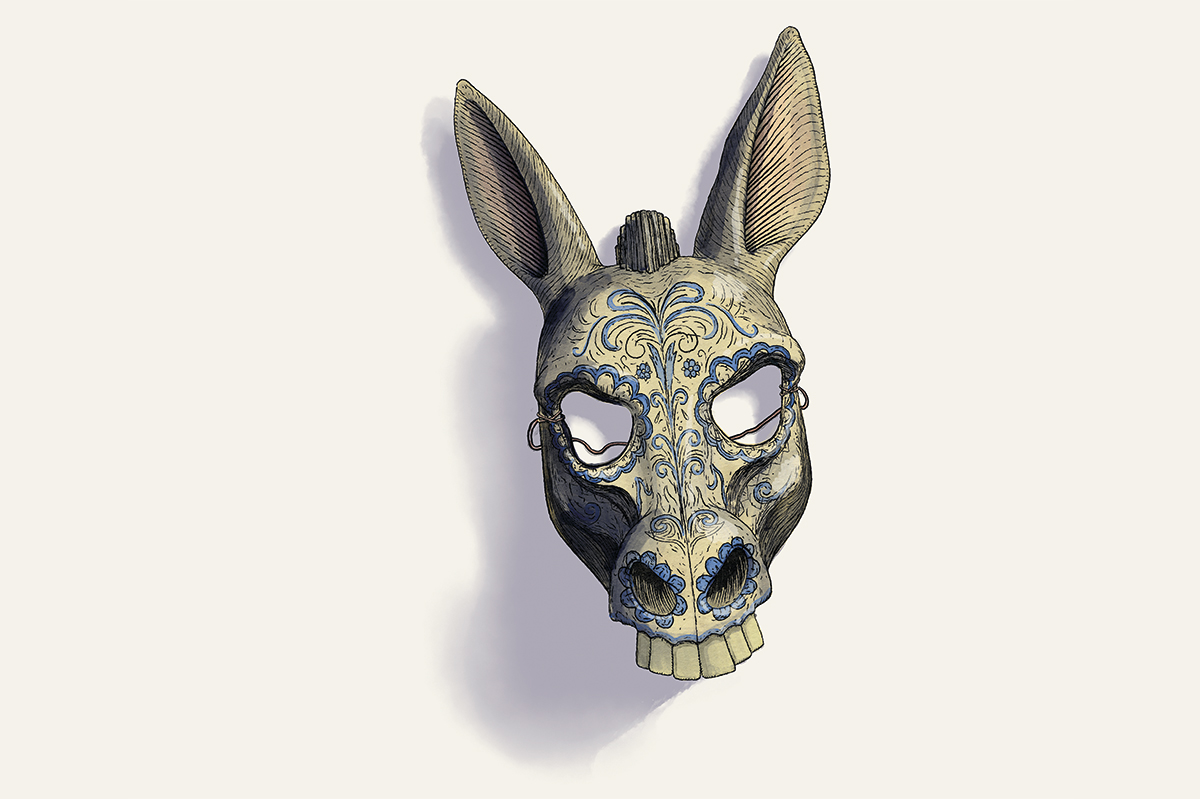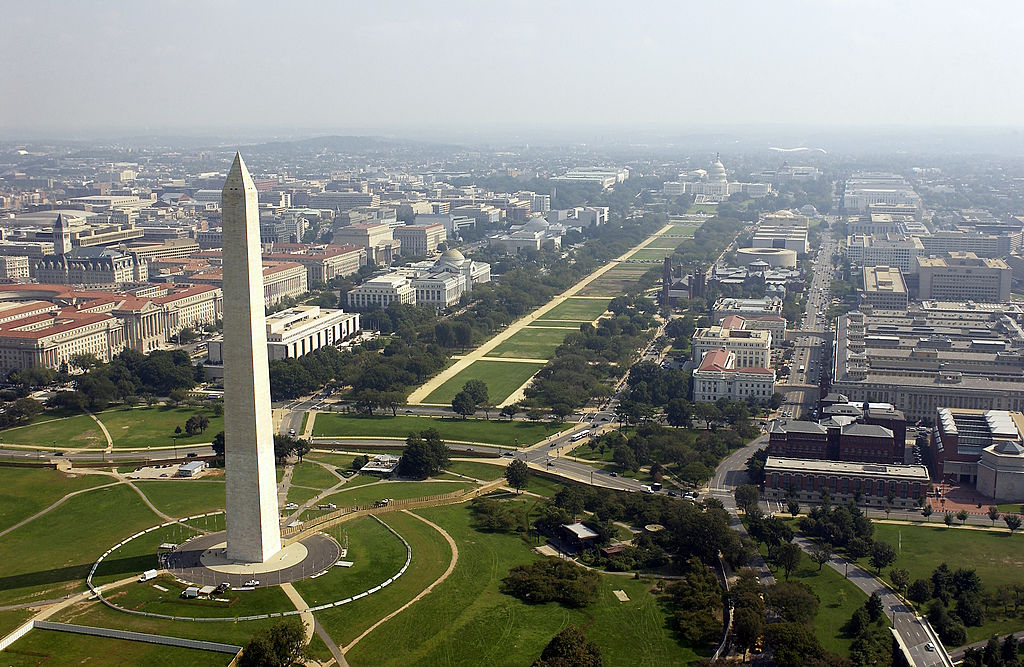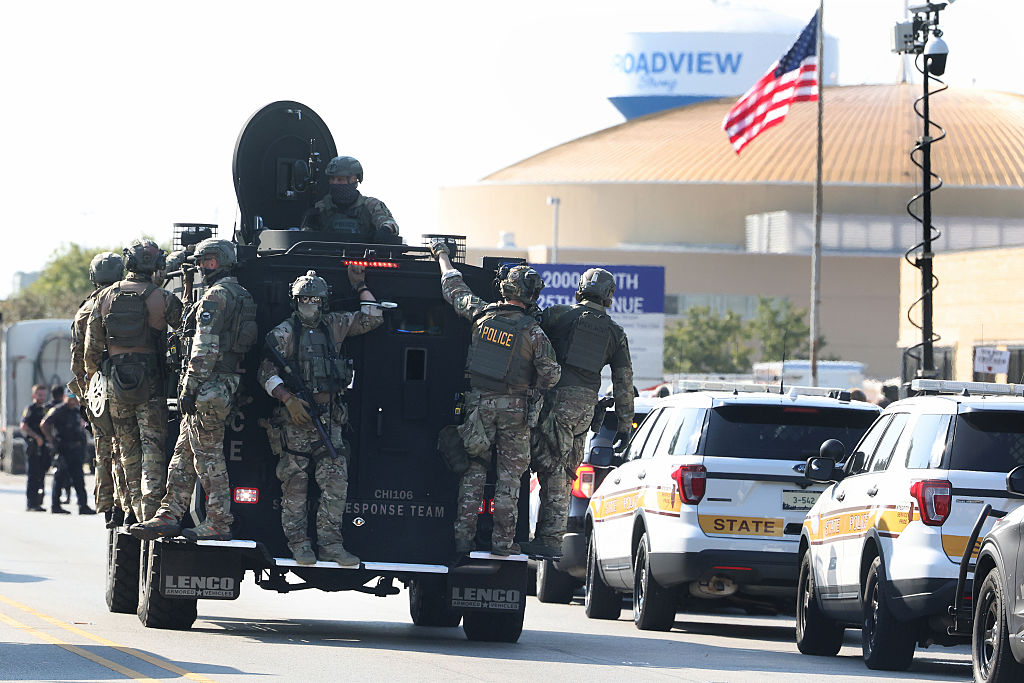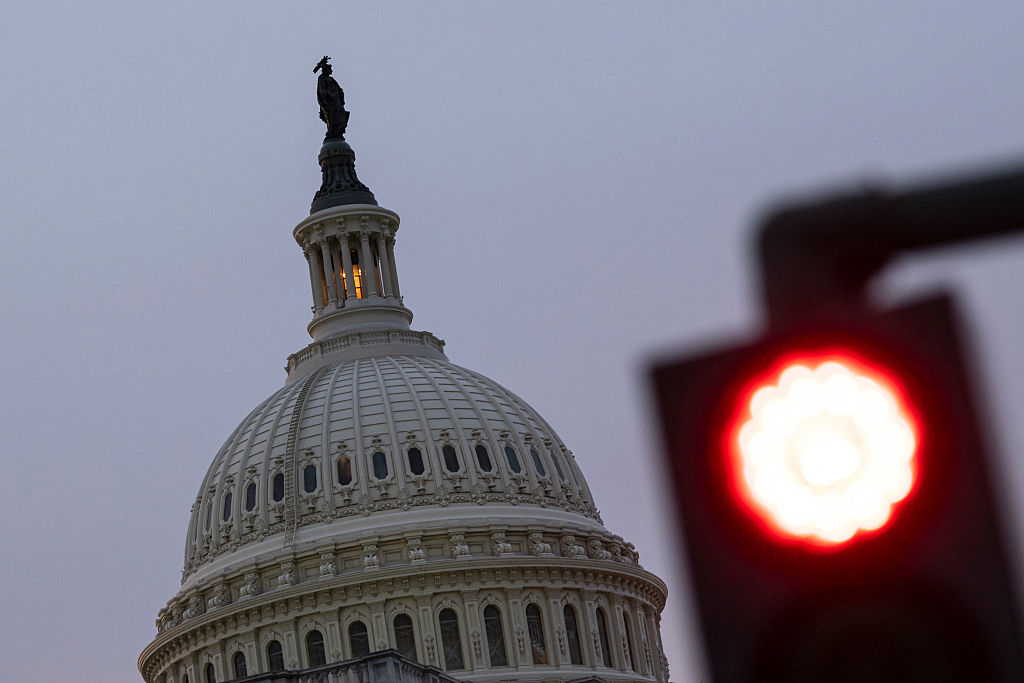Washington DC
On Election Day in the capital there is no thrill in the air, but there is a sound: that of hardboard being placed over all of Washington’s windows. Wherever you go in the center of town, the area is either boarded up or in the process of being so. I enjoy my sausage and eggs on a sidewalk to the accompaniment of the last windows being drilled. ‘Was everything all right?’ my waitress enquires. ‘Delicious,’ I tell her. ‘If the city is still here tomorrow, I’ll be back.’
DC feels as if it is preparing for a natural disaster, not an election result. Like all other major cities in the Western world, Washington has been stripped of its tourists by coronavirus. But an added exodus of the locals has occurred. The quiet polling stations suggest that people voted in advance and then scarpered. The grand boulevards are so deserted that what cars remain sail by and the few pedestrians can cross where they will. Occasionally a phalanx of police go past on their bicycles. The streets around the White House are blocked by huge trucks.
Yet this is the capital of a nation so divided that it cannot even agree on the nature of the storm it is battening down for. The Republicans claim that the risk comes from the Democrats stealing the election and sending their ‘antifa’ militia on to the streets. The Democrats claim that Donald Trump will remain in the White House even if he loses and will raise his own militia from a position of standby.
On the eve of the polls I go to a bar in town to meet the leader of a group called the Proud Boys. They have had a certain amount of media attention of late, largely thanks to Joe Biden bringing them up in his first debate with Trump. Exactly what the Proud Boys are is disputed. Yet they are generally talked of as though they are not only a Trumpish militia but a group of white nationalists and white supremacists. To my mind, their leader, Enrique Tarrio, would make a rather poor white nationalist, being a black Cuban. Still, I ask why they are in town and what they are planning to do. Tarrio maintains they are here purely to be in the capital at this crucial time and to watch events unfold. I ask how many people he could raise if he really wanted to. He thinks they could get a few thousand people out if they had time to organize, but says there is just him and a few dozen of his drinking buddies around at the moment. He insists that anything in the way of direct action would be foolhardy for lots of reasons.
Certainly they would be fools to take on antifa. The night of the election, crowds start to gather beyond the fence at the north lawn of the White House. Because ‘Black Lives Matter’ has been painted on the pavement all along this street it has become known as ‘BLM Plaza’. The night before it was a place for harmless bums. Tonight, as the votes start to come in, the atmosphere swiftly turns into something much squallier. Florida has just come in for Trump, upsetting predictions of an easy Biden win.
[special_offer]
While the world’s media are reporting to cameras fixed in the direction of the White House, none seems aware of a wind-change happening around them. The first I notice are stalls of free bottled water popping up, people with masks and, eventually, large gatherings in doorways. The media remain focused on the White House. Having watched scenes like this in Oregon, I go over to a black-clad group tightening together furtively before a federal building on the sidewalk. I try to see what they are doing. One of their ‘police’ immediately alerts the others when they realize they are being recorded and begin pushing, tripping and threatening. These members of antifa are slipping into identikit clothing to avoid police identification. They rely on the news media ignoring their activities or obeying their threatening demands to stop filming. Minutes later some among their number start clubbing a passerby around the head with a metal bat.
The one point of calm in this storm came a few hours earlier, in the lobby of the Trump International Hotel. The setting is an ode to that style of decor known as grand-cruise-liner. At one plushly furnished end is the bar. At the other are the steps leading down to the ballroom. Here, thanks to the police presence outside and a strict entrance policy, the President’s family and circle of close fans and advisers mill around happily. There are people of all ages and backgrounds, but Trump International is clearly their safe space. Some of the clientele are wearing MAGA hats or carrying shoulder bags as at a conference. One man searching for a presidential pardon is pressing as much flesh as he can find. Everyone slaps and grabs at each other’s hands in greeting. Though the hour is early, drinks are being ordered. Nigel Farage sails through, ebullient from accompanying the President at his final rally the evening before. As he goes down to the ballroom I go back to the street.
Perhaps it is the size and decor of the room, perhaps it is the swell of the storm outside, but for a moment political races and cruise liners become confused in my mind. And I start to wonder whether the problem isn’t that nobody has any damn clue in politics as to whether they’re on the Carpathia or the Titanic. Both campaigns have seemed to be both in the last half-hour alone. But for the time being, the range of what any of us can see from here is just tragically small. The still, or not-so-still center of the political Earth is turning, with little agreement or idea of what it is heading into.
This article was originally published in The Spectator’s UK magazine. Subscribe to the US edition here.



